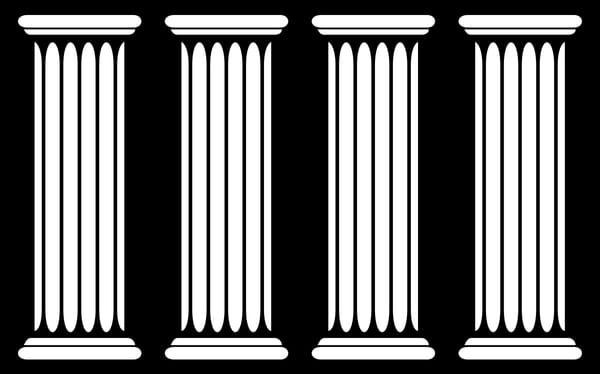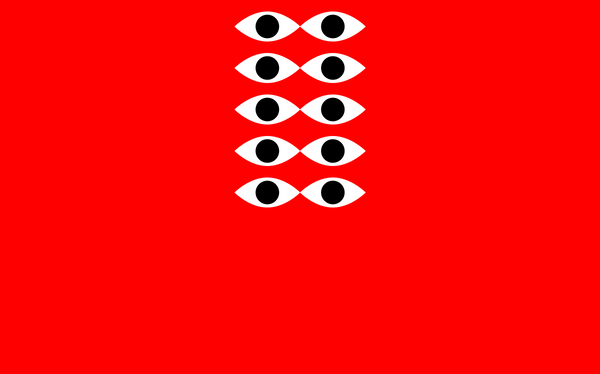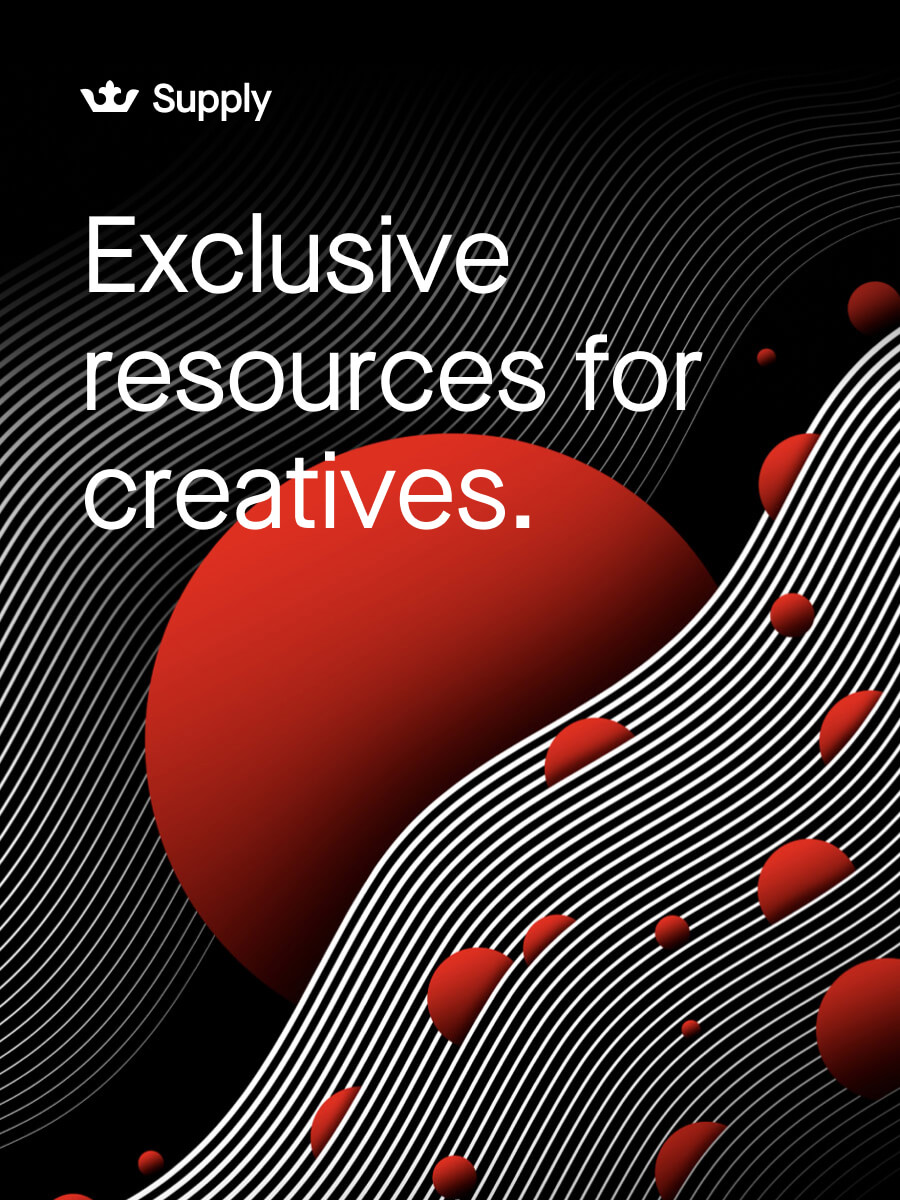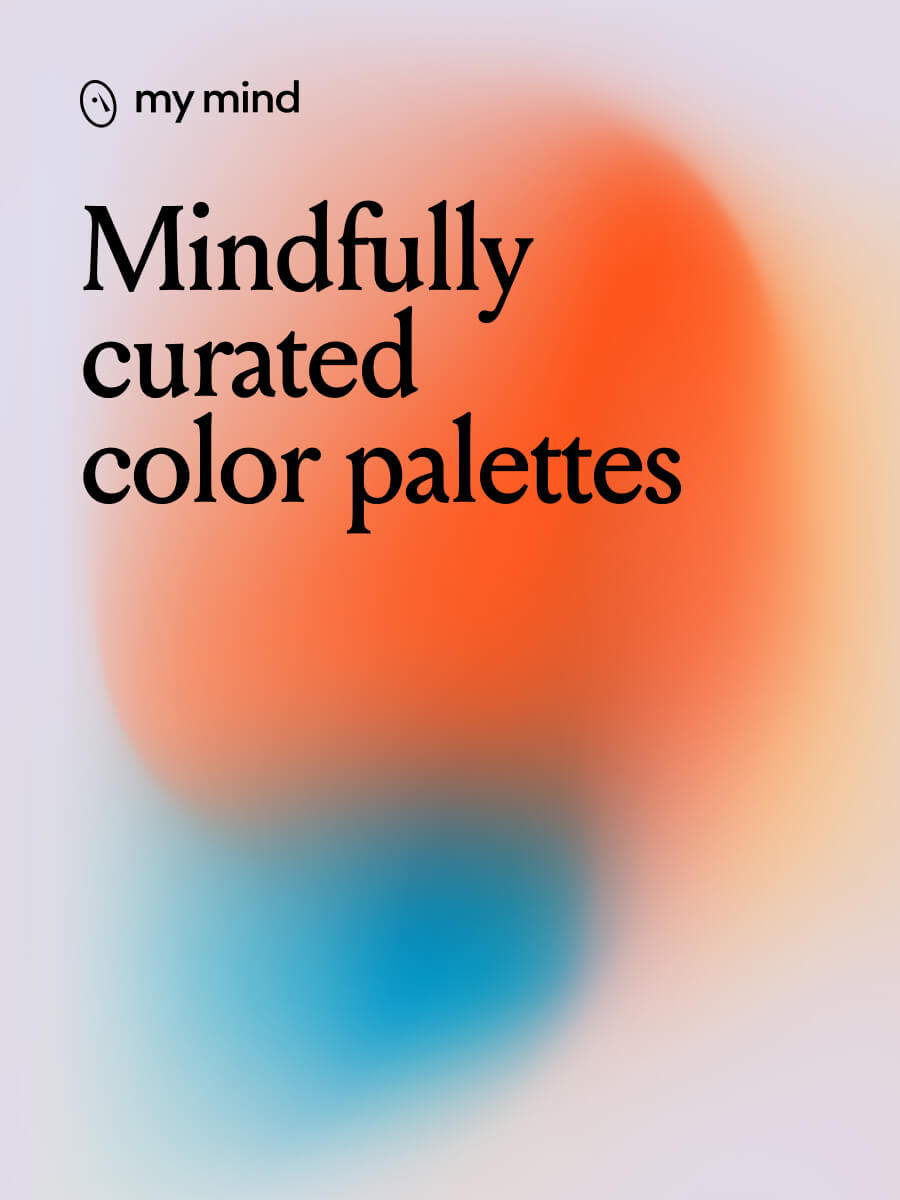Design in Vietnam 🇻🇳 featuring Rice Creative
Published
With this latest interview in our Design Around the World series, we're looking at design in Vietnam with Rice Creative design studio.
Rice Creative may be located in Ho Chi Minh City, but their work is recognized and requested around the world. This diverse and multi-talented team works with big brands like Uber, Unicef and Coca-Cola but also lovely little artisan chocolate makers. I was curious to hear their perspective as a branding studio based in Vietnam with clients and team members from all over the world. And to my excitement, three members of their design team answered all my questions about it.
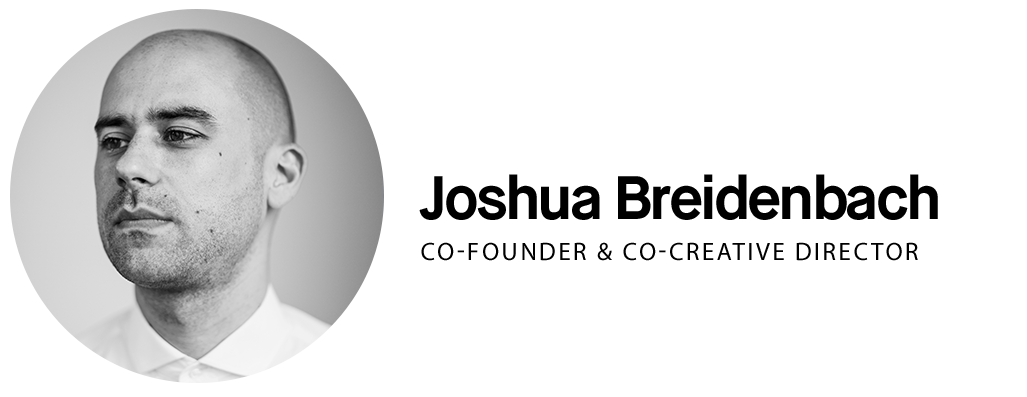


Tell us a bit about yourselves and your studio. How many people work at Rice and how did it all begin?
JOSHUA: It began with a leap. We felt we had to work with people doing good things. Having had enough of the advertising scene here and wanting to do more, it forced our hand to create this studio of like-minded creatives. No looking back. The team now fluctuates between 18 and 20 people.
CONG: Rice Creative is kind of an anomaly in comparison the other studios in Vietnam, but also abroad. While we operate similar to your standard design studio in that we mainly do design work, from branding to packaging to digital, we see ourselves more like a collective of people with disparate skill sets who work together really well. Because of this, one of our most important priorities is curating an amazing team. Rice not only consists of designers, we have researchers, illustrators, communication specialists and a robust production team.
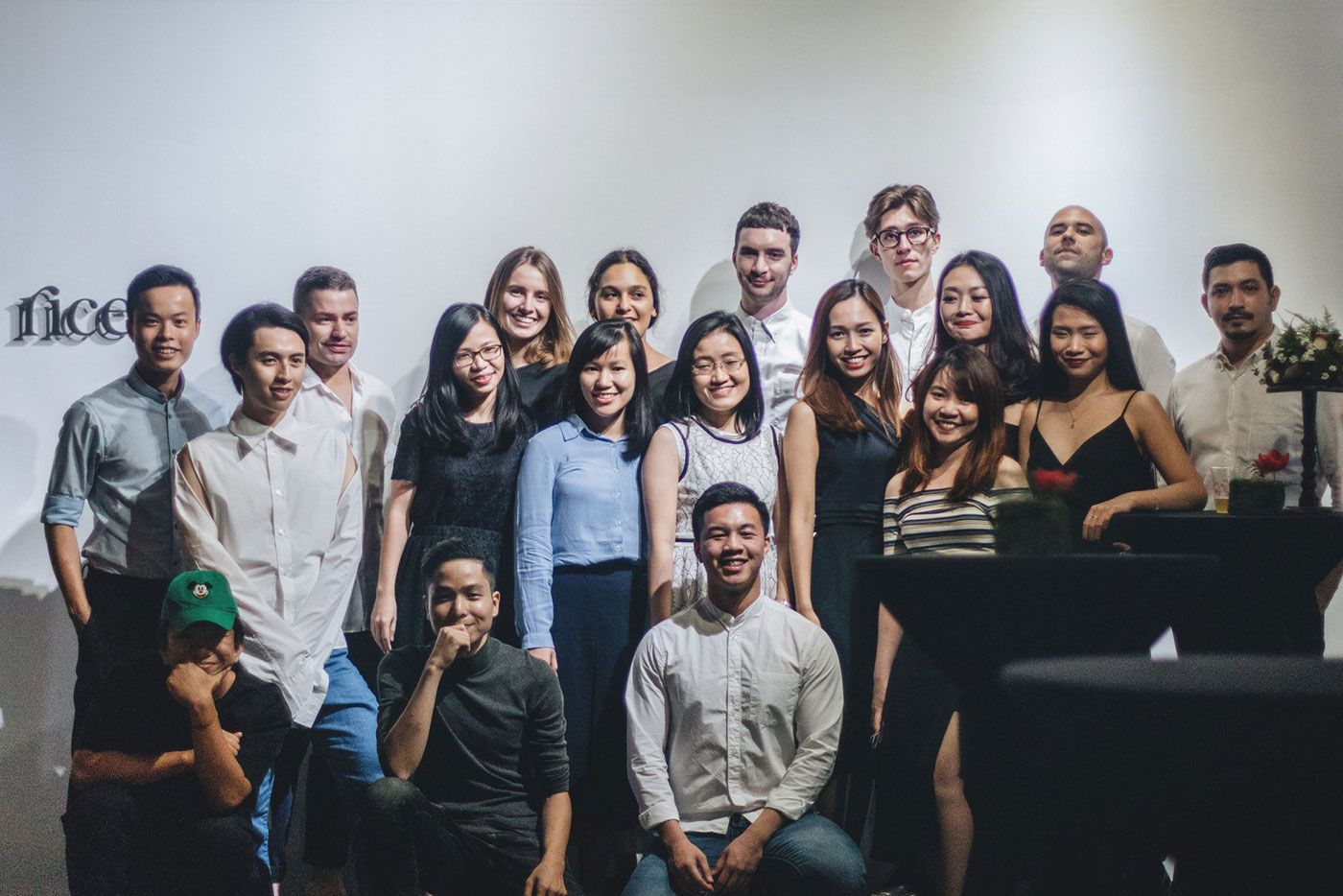
Vietnam’s economy is growing fast and is predicted to become one of the world’s largest by 2025. How has that affected the creative industry and Rice Creative specifically?
JOSHUA: It is very exciting. We see so many new, thoughtful companies come through the door. We are witnessing all the established ones reinventing. What it has afforded Rice is a chance to be even more selective about our partners, and encourage ones we feel are visionary.
DAN: As well as working with new businesses, It’s really exciting to be in a position to give big companies a voice in Vietnam.
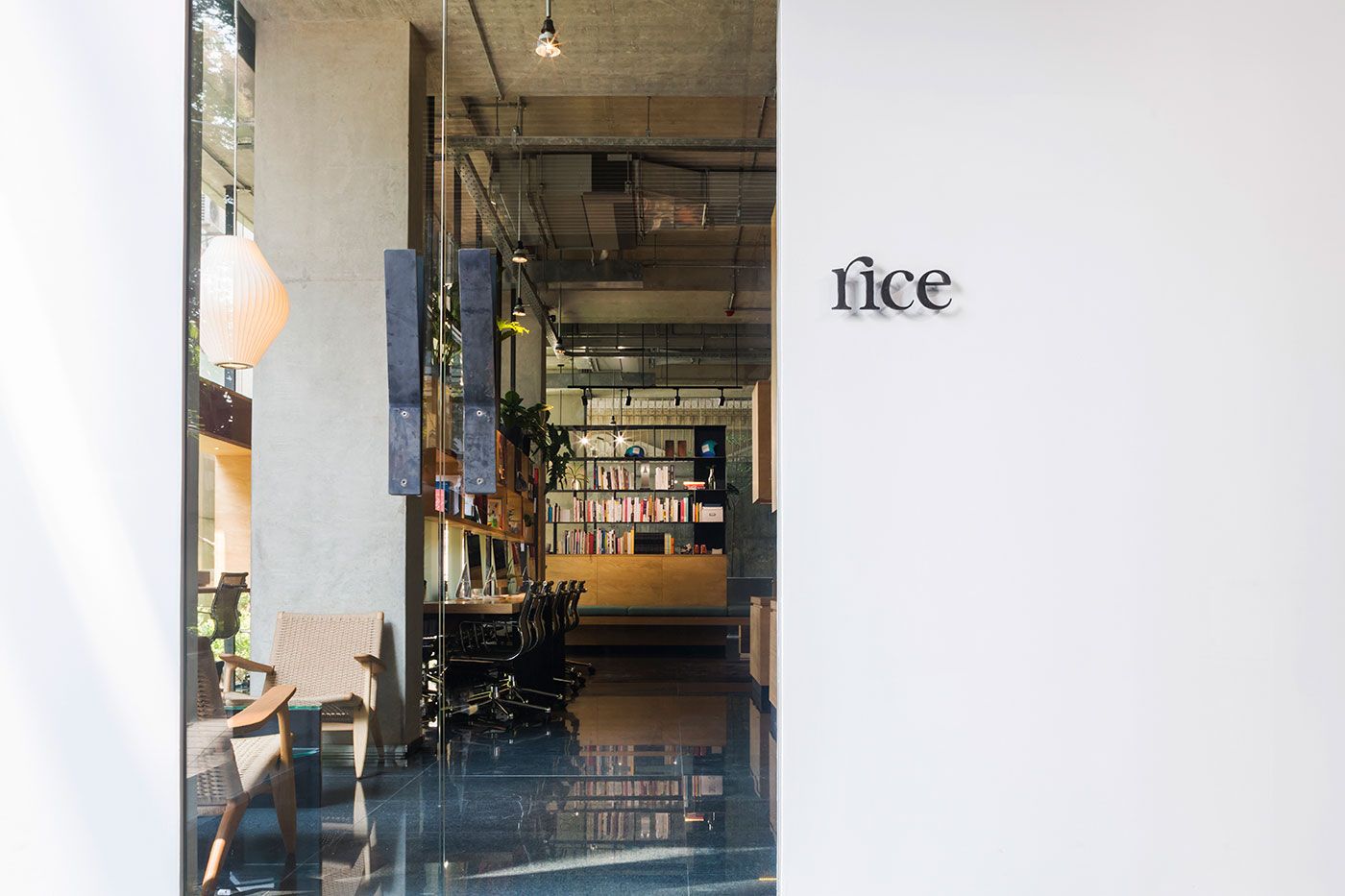
What’s the quality of design education like in Vietnam?
CONG: It’s growing and trying to find its voice. However, when it comes to design I don’t think young designers look up to the institutions to legitimize their creativity as we see in the West. Here, because of our past and the influences of technology, creatives are often time self-taught. There’s a huge reliance of intuition, self-determination and an pursuiant of passion. You might not see design that is globally groundbreaking all the time, but you can really get a sense of working best with what you got.
JOSHUA: It is really nothing like more developed nations. In a way, it is starting from scratch. We find this liberating most days.
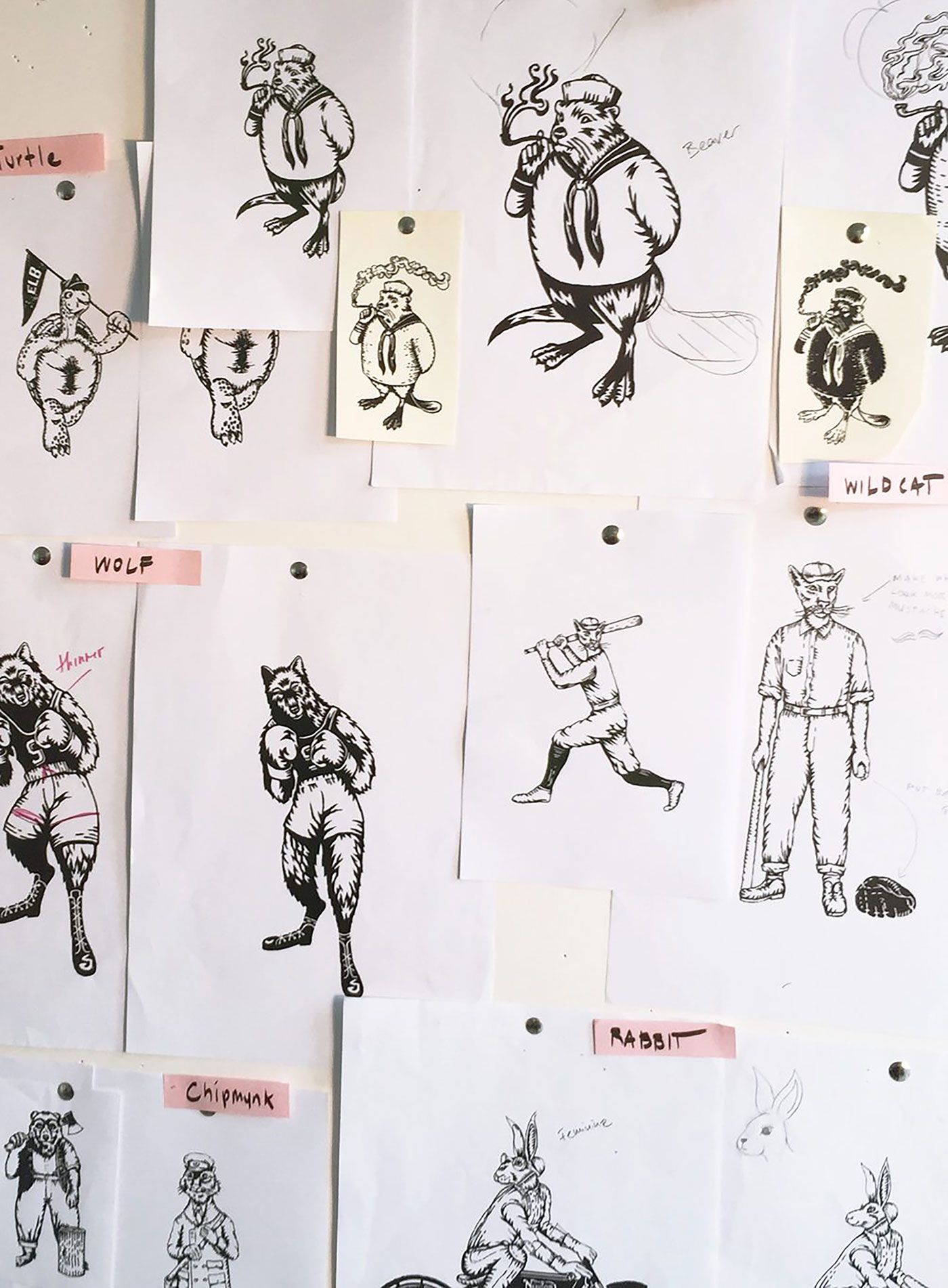
Do you have much competition from other studios within Vietnam? What’s the design community like and how many designers are pursuing freelance vs. studio work?
CONG: The creative scene in Vietnam in many ways is going through our very own renaissance phase. It seems like everywhere you look there are things popping up left and right whether it be in the field of fashion, design, art, music, architecture or even smaller scale businesses. Part of this insurgent of creativity is partially because 70% of Vietnam’s population is under 30, with a desire to differentiate themselves from their parent’s generation and of course the interconnectedness of social media. We’re actually seeing a decline of creatives wanting to work in studios, especially more corporate agencies, and preferring to work amongst friends or starting their own practice altogether.
JOSHUA: There are others popping up in the scene all the time, and that is great. We hope for a richer and richer scene. The large advertising agencies still offer branding services and we hope they will stop, because advertising is really its own expertise.
DAN: Looking beyond just design, it’s so inspiring seeing such young people doing independent creative things for the first time ever in the country. I’ve met some boutique shop owners for example who don’t even seem to realize that they’re pioneering something here.
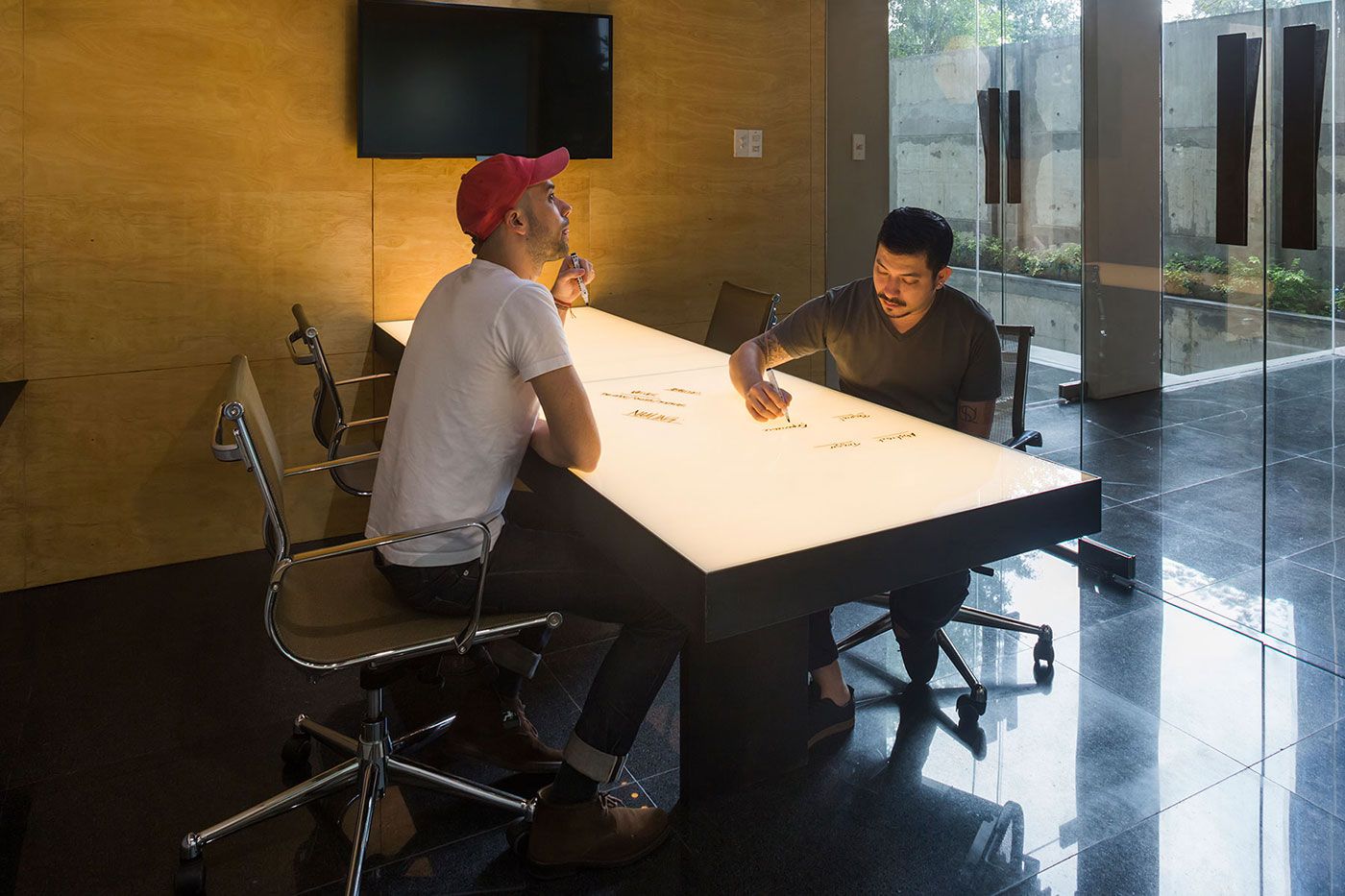
Illustration seems to be a popular field in Vietnam. Is that one of the most common creative career paths in your country? What kind of work are most designers getting?
JOSHUA: There is huge pool of talented illustrators in Vietnam. Image making in general is very strong here. I find a strong sense of narrative in most work here.
DAN: It’s great to know that we can take an illustrative approach to our projects with no doubt that the results are going to be fantastic. We’ve been fortunate enough to collaborate with some amazingly skilled and incredibly versatile creatives recently.
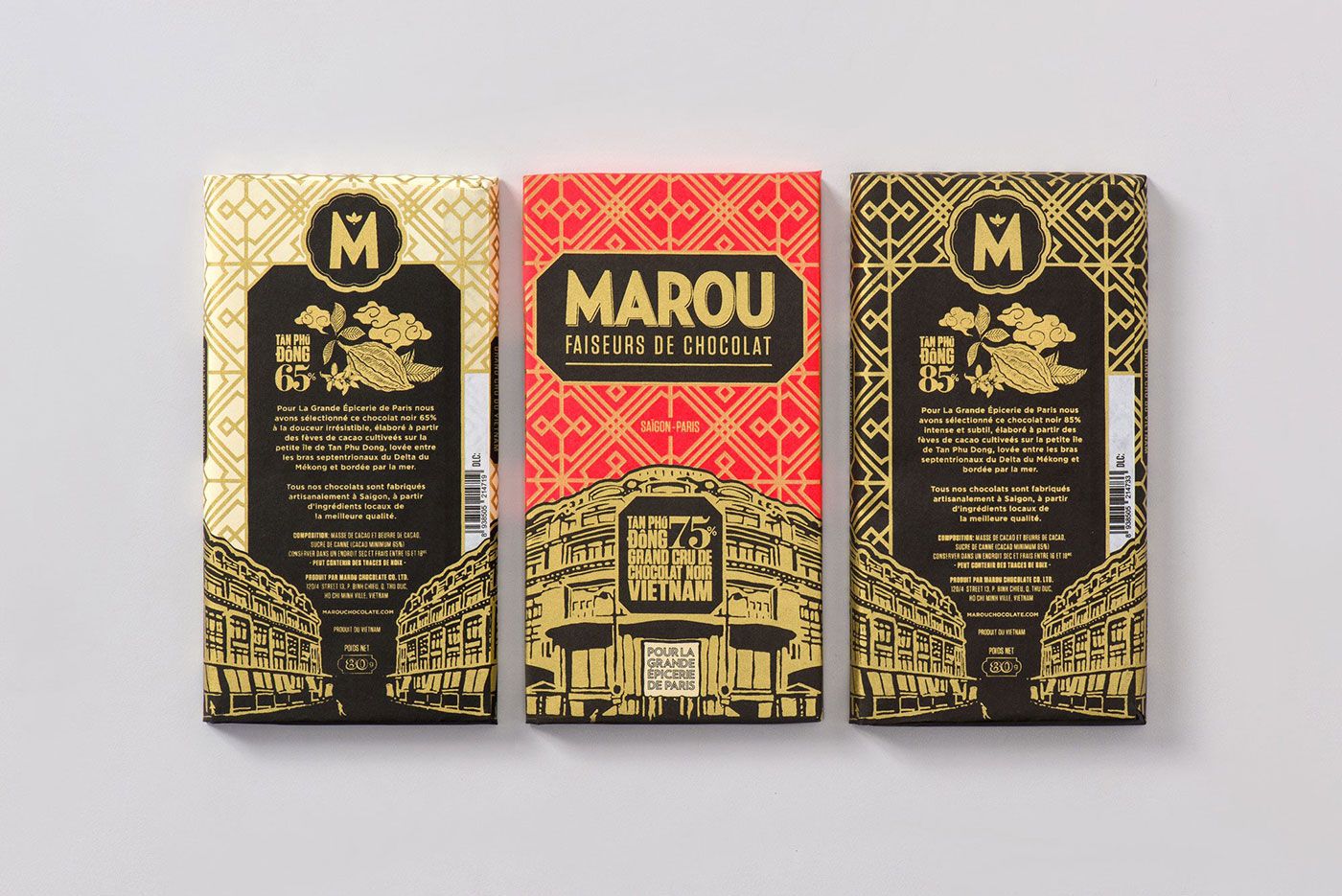
You have clients everywhere, from Vietnam to France to the United States. How easy was it to break into the international market and was this your intention from the beginning? Are many studios doing the same?
JOSHUA: Currently we have clients from Japan, the U.S., Canada, New Zealand and Europe. It happened when we released our first works online. Suddenly we were getting international inquiries; there was something in that work that people were responding to globally. Having a very international group in our studio is crucial to our success. All of these viewpoints and different experiences challenge and benefit the work greatly.
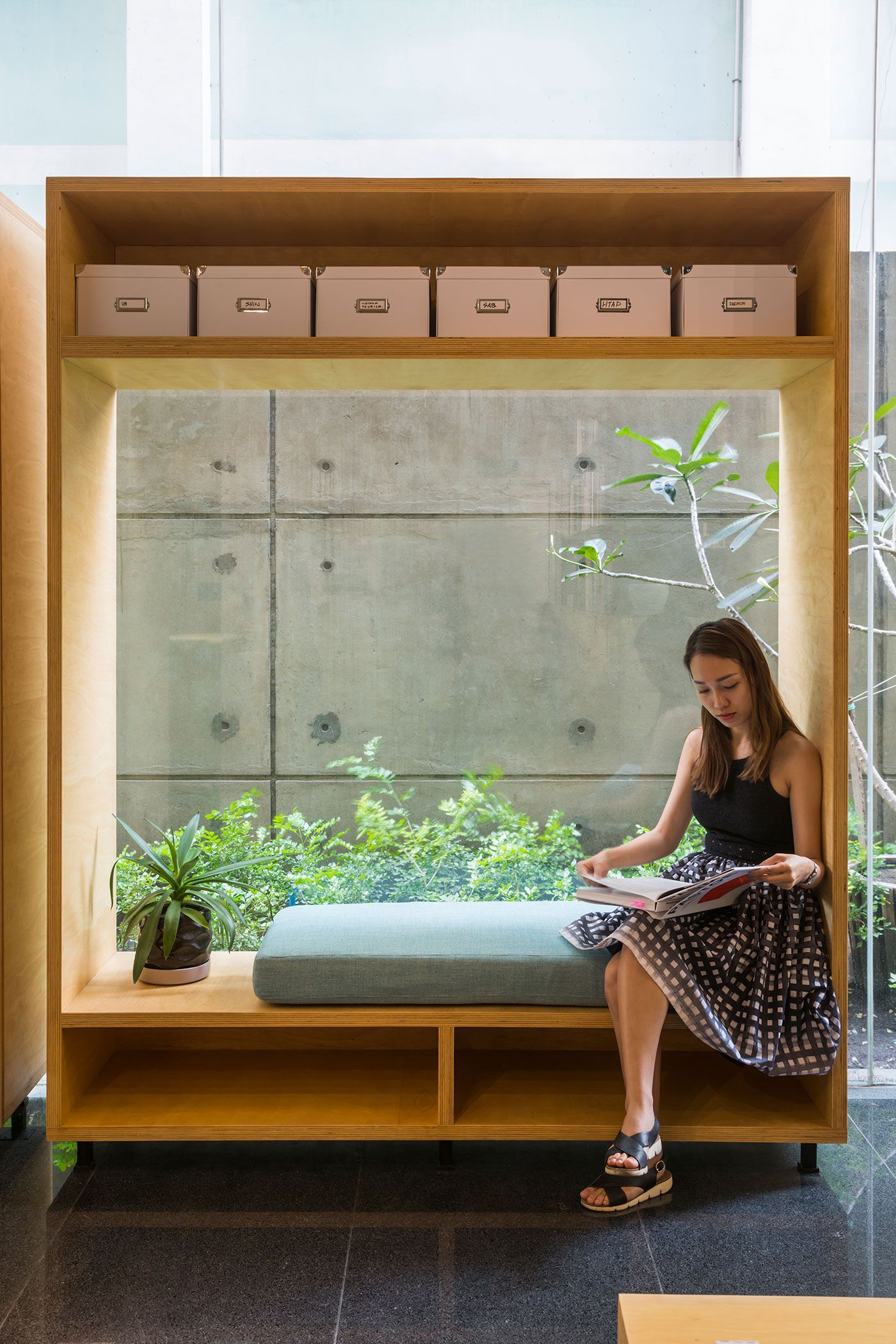
What impact does your social media presence have on getting new clients and self-promotion in general? What works best for you?
JOSHUA: To date, we have not really marketed ourselves much. We maintain our Instagram, which we keep more personal. We hope our audience can see our culture and lifestyle there.
Most of our online exposure has come from publications sharing our projects. We have had a lot of exposure from sites like The Dieline, but it’s also been a bit tricky because we do not specialize in packaging. We are overhauling our website and it should be our strongest asset in showcasing what we are all about. Our clients are also very proud of the work we have done for them and it will be a great place for them to point people to us and show off a bit.
DAN: It’s a tool for much more than reaching out to clients. Social media is often the platform through which prospective employees are exposed to the studio too. Being able to offer someone on the other side of the world and insight into how we do things is a reminder of just fantastic social media can be.
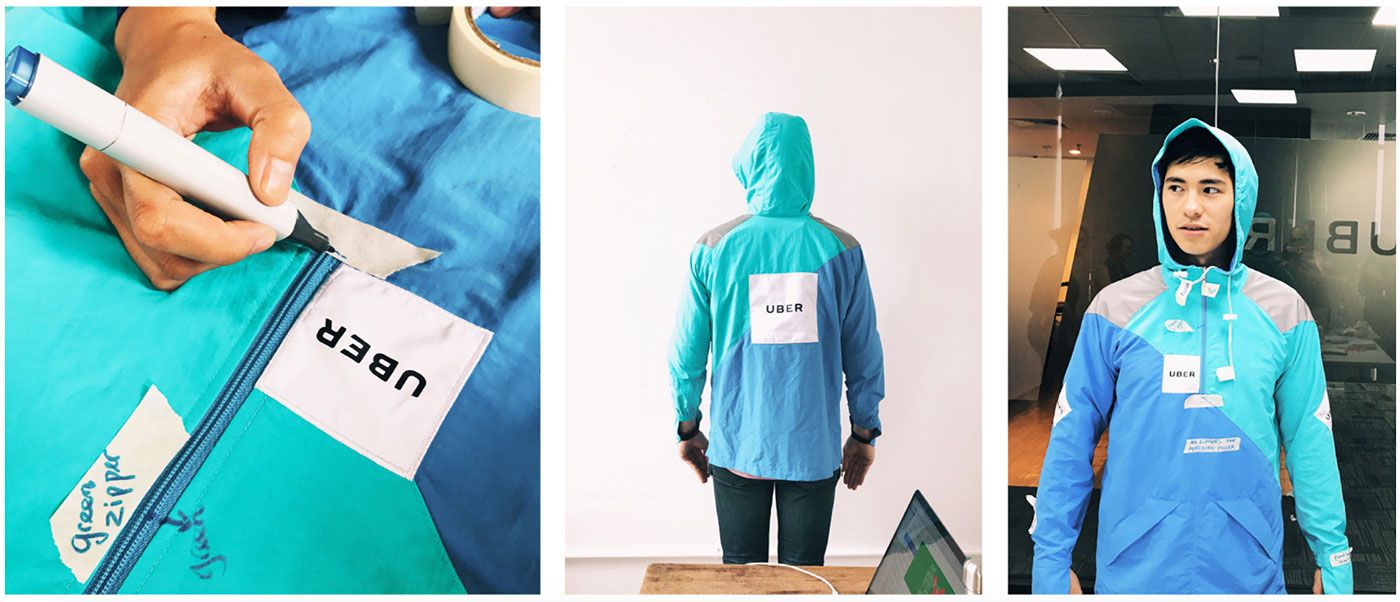
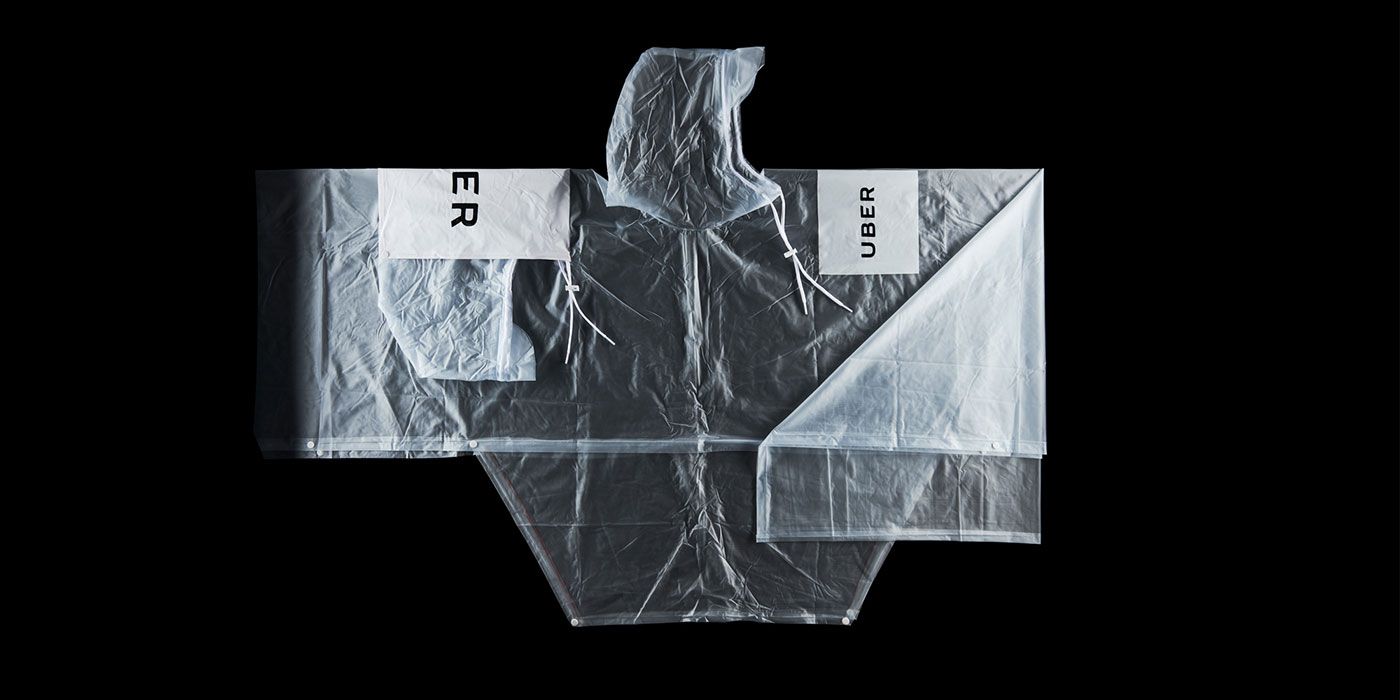
Why do you think good design is important and what does good design mean for Rice Creative?
JOSHUA: Good design solves a problem. We find ourselves going well above and beyond the original brief. Good design will solve problems for years to come. Since we also choose clients that are already doing something “good,” good design for them is very likely.
DAN: The importance of design craft and visual communication is really well understood here. The implications of symbolism in ancient motifs and designs are still prevalent. You only need to take a walk down the street to recognize the level of craft that goes into everything from the metalwork in housing gates, to the details within traditional street performer costumes. It’s really inspiring.
CONG: Design can only be as good as the client. You get a good client who is just as smart, talented and passionate as you are, then 90% of the work is done.
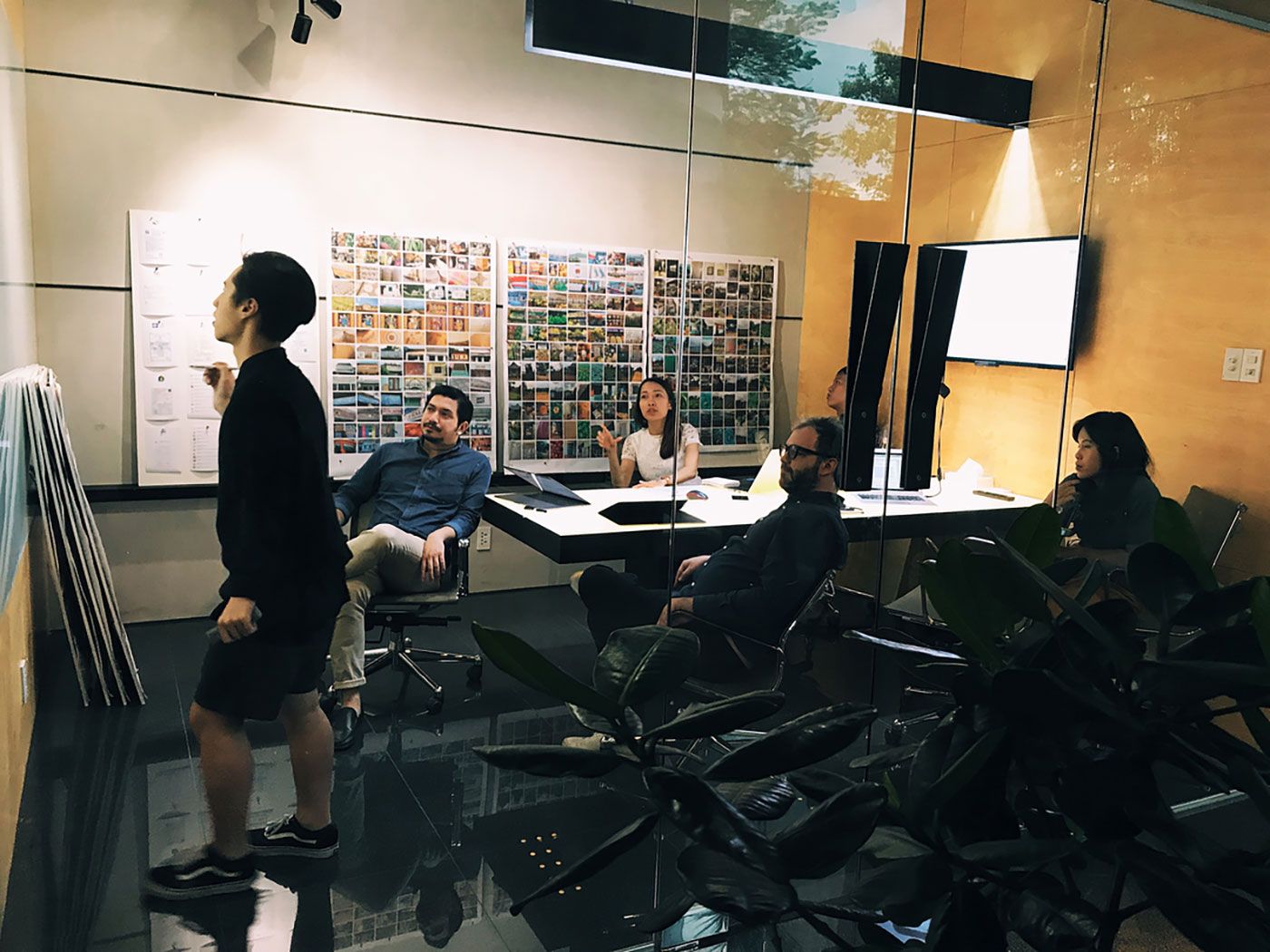
"The question is not whether good design is valued and celebrated; but rather how the design communities have overcome these challenges and continue to thrive even on a smaller scale."
Rice Creative has won a ton of awards from associations in other countries, but I don’t see any from Vietnam. Is good design valued and celebrated in Vietnam? Why or why not?
JOSHUA: We cast an international eye on Vietnam, on purpose. This is why we go for awards. All of them were firsts for Vietnam. We get more Vietnamese clients and more Vietnamese names in the awards. Someday Vietnam may have its own creativity award — maybe we’ll start one — but for now, at least the world is talking about Vietnam as a creative place.
CONG: I think one of the things that we understood early on about starting a design business in Vietnam is that the industry had to start from scratch from post-war years. Colonization really altered the course of this field and many others — as a result of the war many people left, certain crafts died out, there was more red tape, etc. The question is not whether good design is valued and celebrated; but rather how the design communities have overcome these challenges and continue to thrive even on a smaller scale.
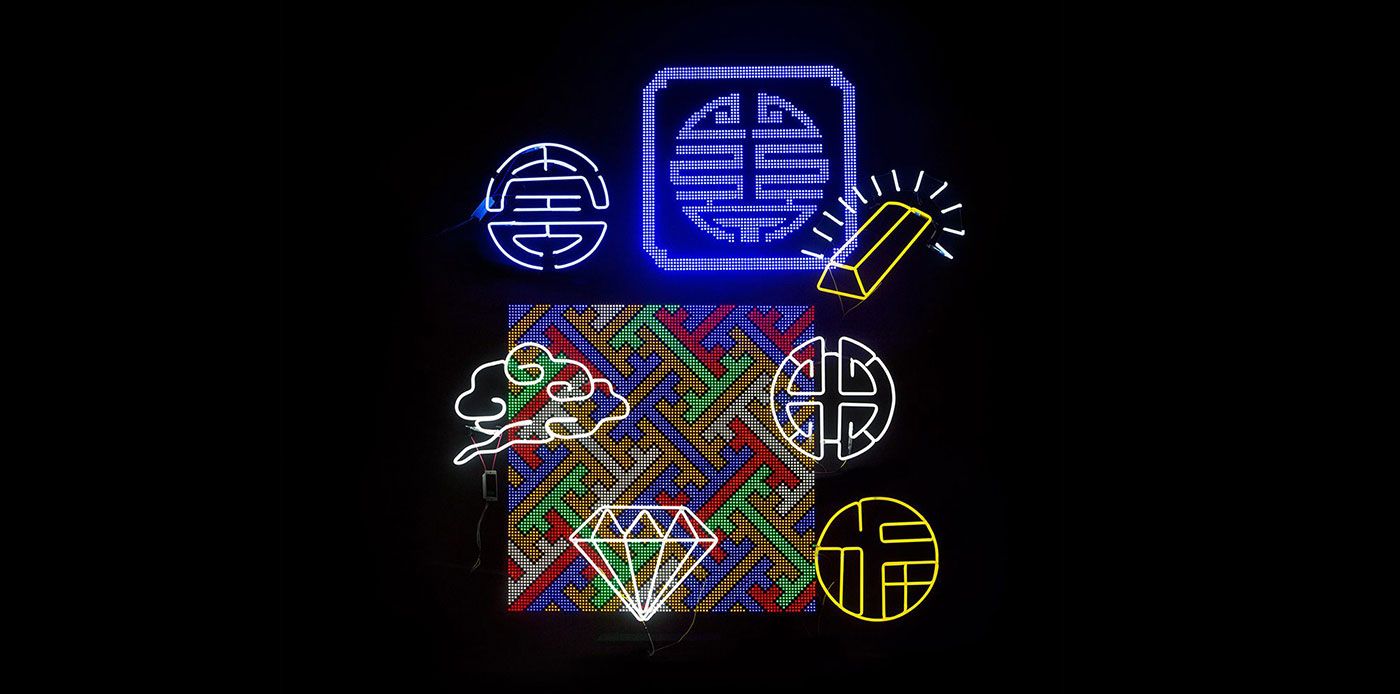
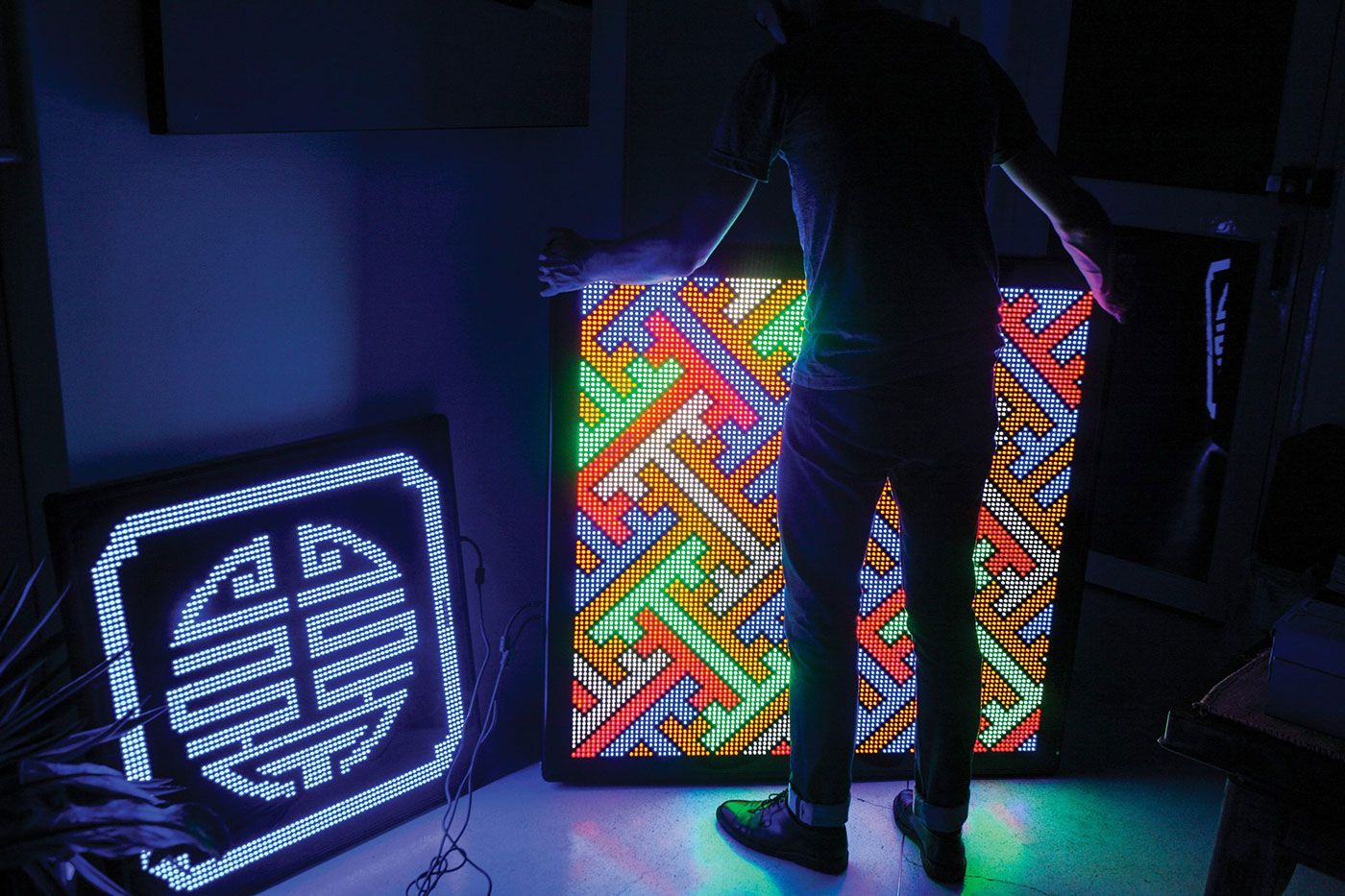
I’ve read that negotiation is a big part of Vietnamese culture and commerce. Is that an accurate perception and if so, is this true for the creative industry? Are companies willing to pay a fair price for creative work?
JOSHUA: We do not have much time for haggling. We’ve been able to avoid that situation because we choose the right clients that have a general appreciation for the value effective design brings. You know, you get what you pay for.
I know community and family is highly valued in Vietnam. How does that play into your workplace culture and work/life balance?
JOSHUA: We have a great culture in the office. It’s tight. I think we all wish to spend more time eating and partying together, but everyone is also seriously determined. A lot of us are pretty exhausted by the end of the day. During the day, everyone is really supportive of each other. We do have beer on tap at the office from our beer client. So now that I think about it, we do kind of hang out a lot at the studio with brews.
CONG: Of course family dynamic is a big central theme in Vietnamese culture. And in that sense, it does bleed in our work a lot. We often see ourselves as not just colleagues but friends and chosen family. It’s not unlikely to see some of us congregate to grab dinner or go out together. We actually try to make it a habit to hang out with each other outside work hours at least a few times a month.
DAN: Being one of the many people who have moved around the world to be here at Rice, I definitely feel a sense of family here. For the people like me, we are in this together. We’re learning things from each other’s backgrounds and discovering things here together. Both in and out of work. Inclusive community traditions still live strong here in Vietnam, and they do not stop at the workplace. It didn’t take long to feel at home.
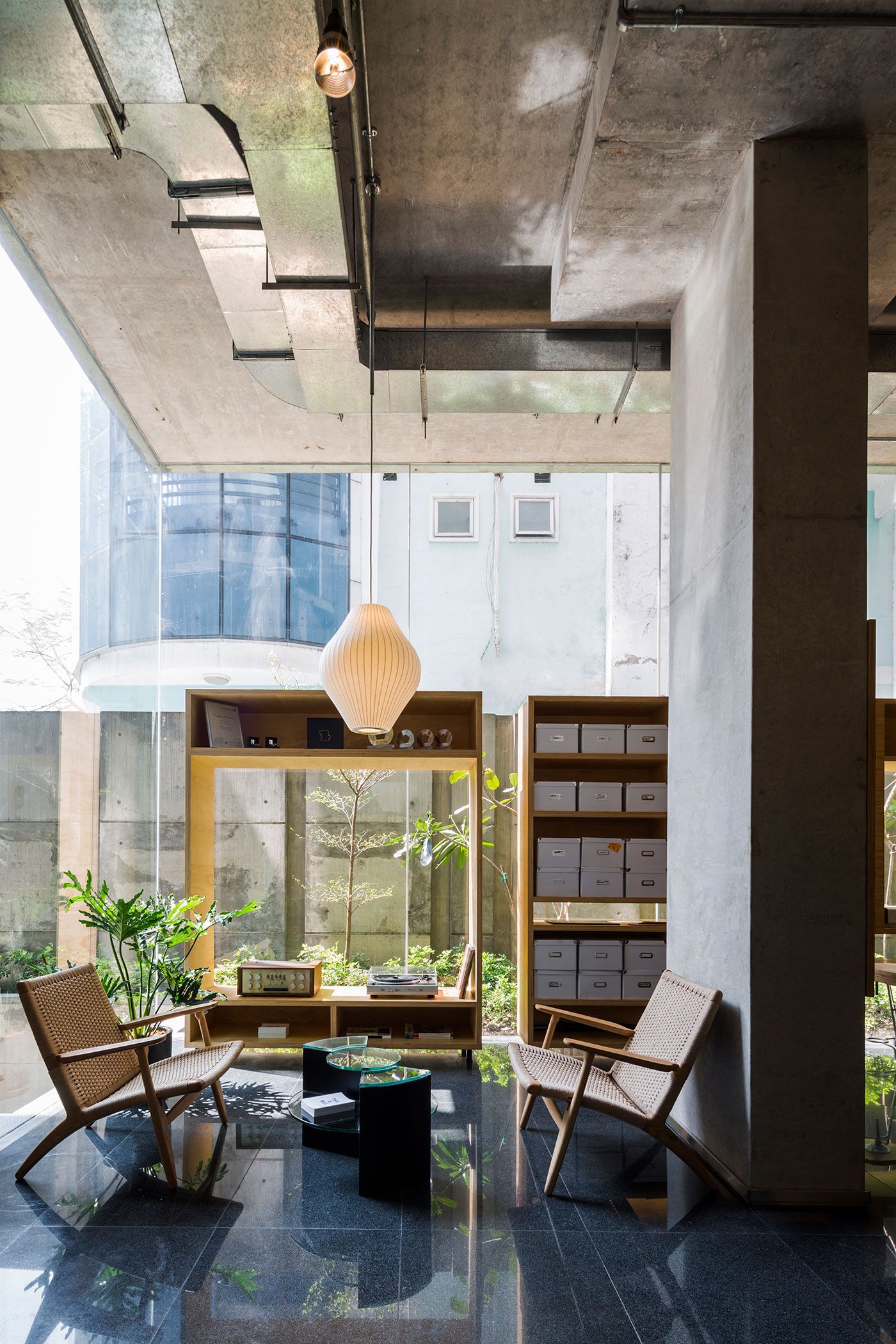
The culture in Vietnam is a complex adaptation of Chinese, Japanese, French and American colonial influences. How does this influence its graphic design style and aesthetics?
CONG: I think there’s a lot of nostalgia for the traditional crafts that predates colonization; in a way a reimagination of what Vietnam would’ve been like without its particular past. But we also see an embrace and/or influences from colonial and war time. This is often because it’s the most readily accessible “visual language” we see — whether it be from leftover signage or corroded motifs on buildings. Due to our past, I think the mentality has always been about a strong DIY culture, where you have to really work with what you got. It just means a less emphasis on materiality but more on problem solving.
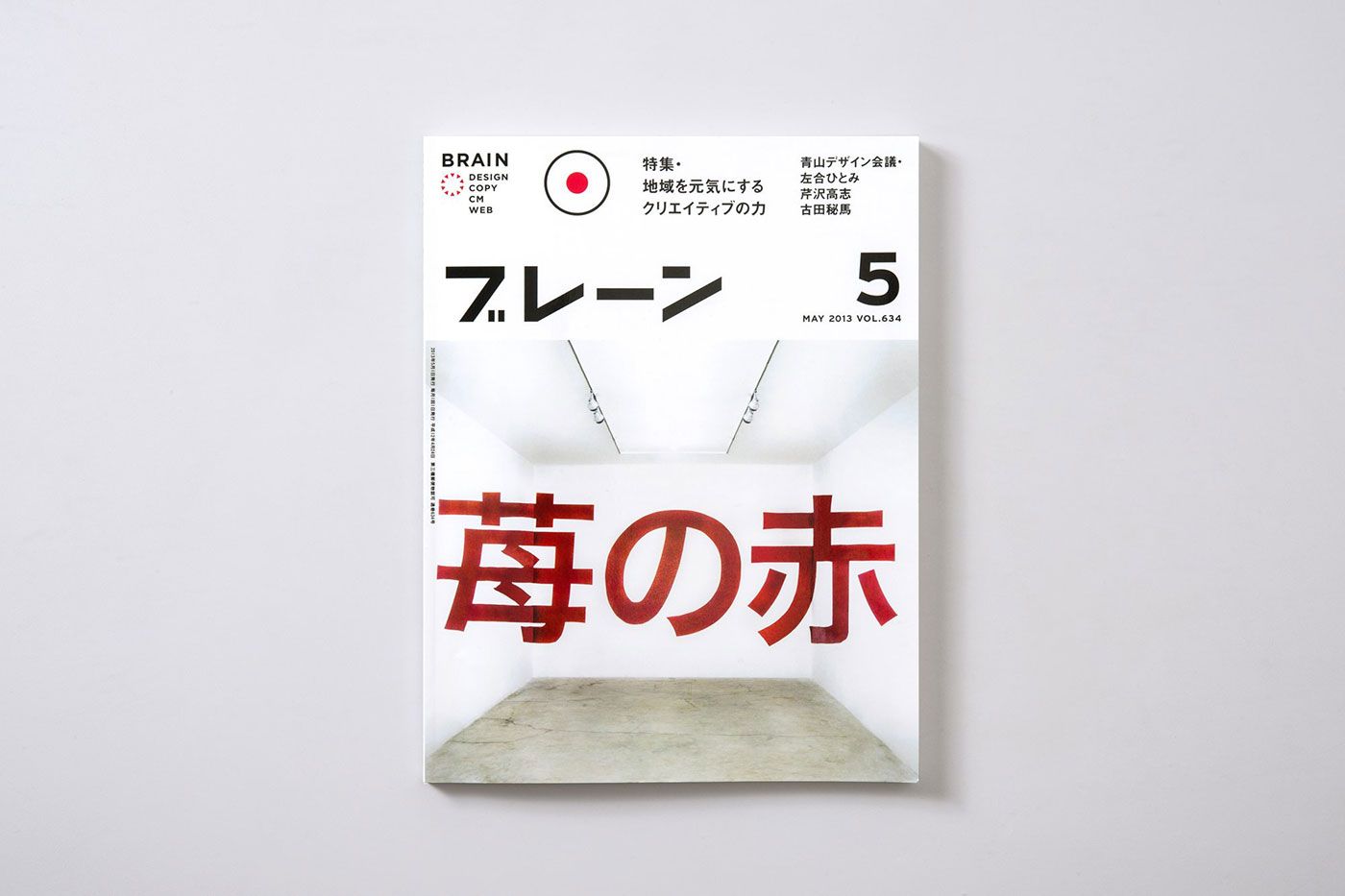
In my research I saw that Vietnam’s Thu Phap calligraphy involves “blowing beauty into every single character.” I love how intentional and thoughtful that sounds. Does this mindset translate in the Vietnamese design community in any way? Is beauty highly valued?
JOSHUA: It does. We certainly embrace thoughtfulness and meticulousness. Beauty is certainly highly valued. Often it’s about how that beauty was reached that makes it really resonate.
CONG: What's also really interesting is that while visual language is increasingly more valued and embraced in Vietnam, the uses of language to describe that work is just as important and in many ways can be just as beautiful.
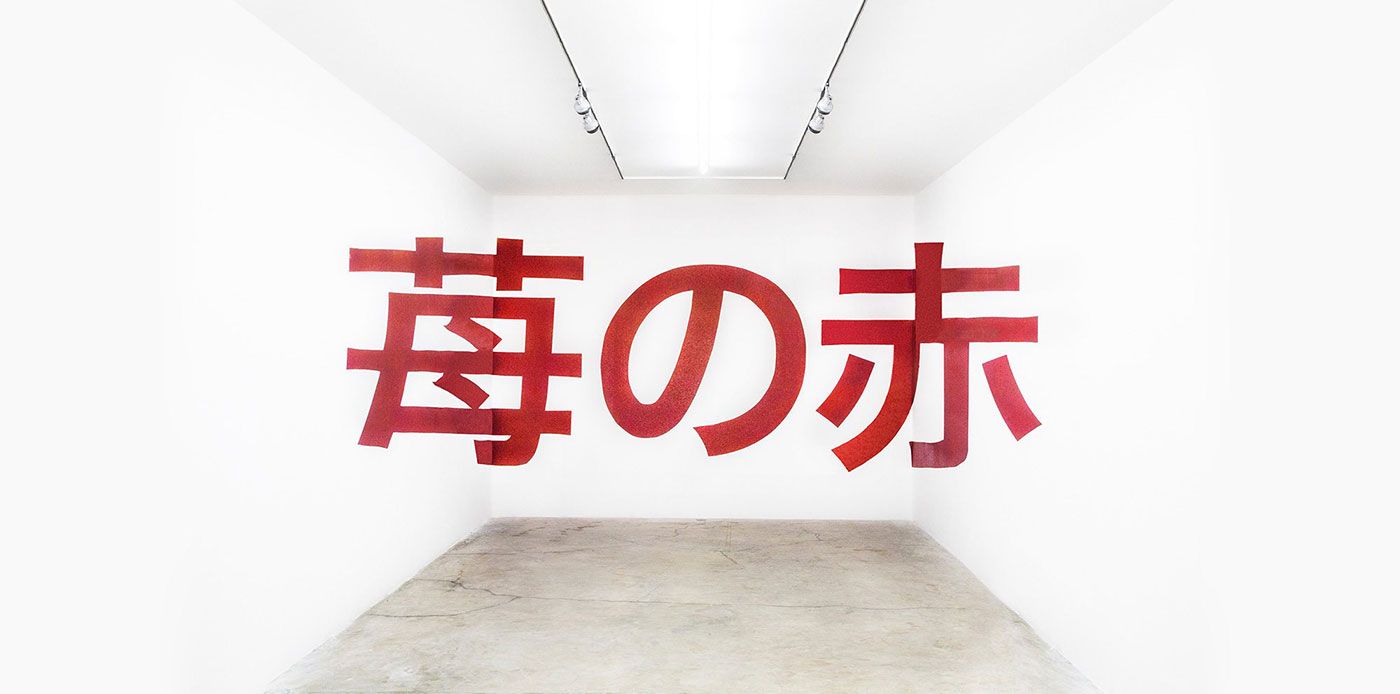
How can all designers and design communities do a better job of communicating with each other?
CONG: The magic of Ho Chi Minh City in many ways can be experienced through “hidden hẻm.” Hẻm is a Vietnamese word for the little alleyways populated throughout the city. It’s kind of a play on hidden gems. Like these hẻm, the design communities are not centralized in one place but rather dispersed throughout, and encounters are often met in serendipitous manners. This makes communicating to the mass a bit tricky but running into each other every other moon at an art opening or design launch super rewarding.
DAN: Coming from the street culture, I think there is a real face-to-face element that lives in the creative scene. Companies have faces and thus personalities. People know and support each other as friends. There is a real ingenuity to what people are doing here; people are doing unconventional things in unexpected places. It wouldn’t be the same if these initiatives existed only online. To experience it you really have to come here and discover it for yourself.
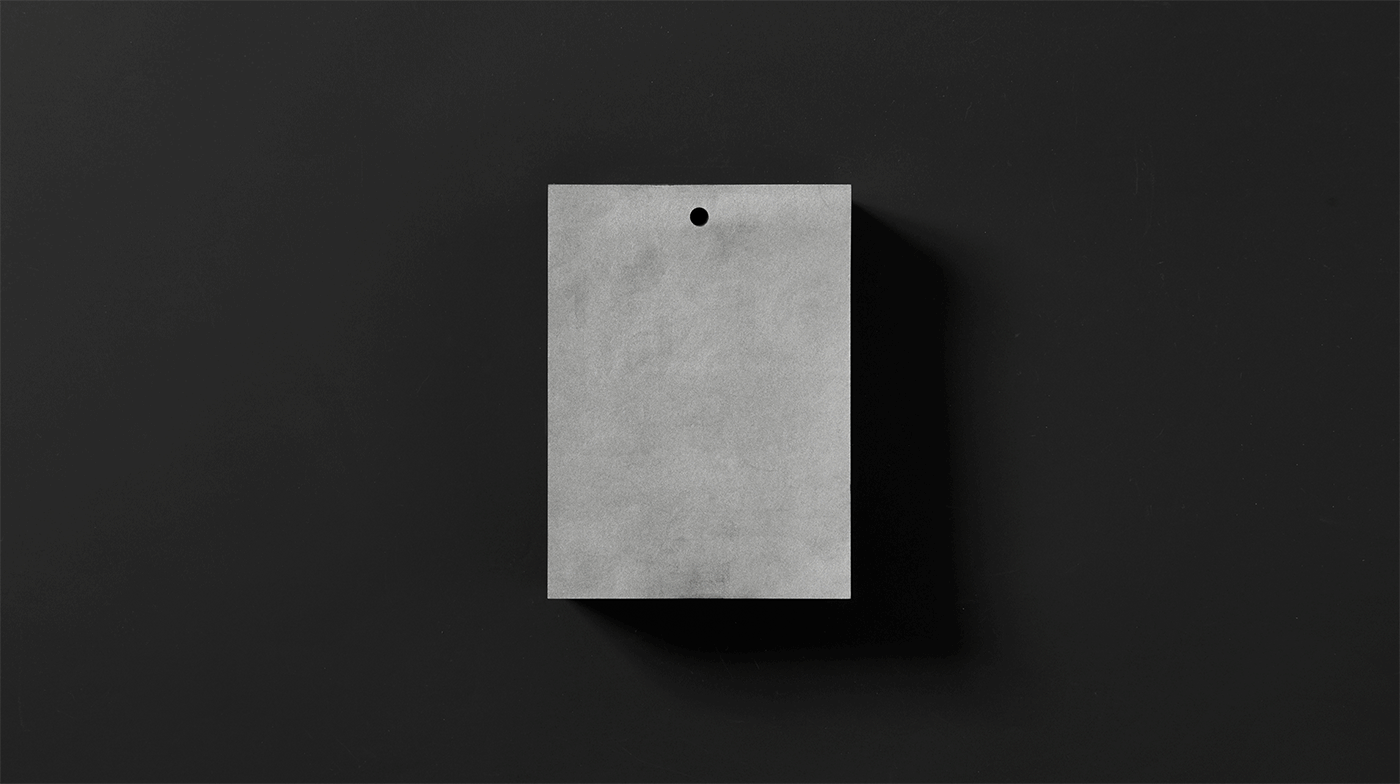
I read that Vietnam owns about 20% of the coffee market share, and is the second largest coffee producer in the world. Which leads me to one question: How many coffees have you had today? 😉
JOSHUA: I usually have one a day. One big thermos I brew every morning that lasts all day. Pour-over, Vietnamese light roasted Arabica, of course.
CONG: Two yummy cold brews!
DAN: I’m totally hooked. If Rice doesn’t keep me here, the coffee for sure will.
___
Joshua, Cong and Dan — thank you! Very grateful for your thoughtful answers to my (many) questions about design in Vietnam. I feel like I have a much better understanding of the creative community there now, and I plan to keep learning. To keep up with Rice Creative's work, follow them on Instagram and visit their site. And be sure to check back for more Design Around the World features coming soon.
Read more
© 2021 House of van Schneider LLC
All rights reserved.
MORE ABOUT TVS
About DESK
Curated mixtapes
DESK partnerships
BECOME A FRIEND
Twitter
Dribbble
Instagram
We're sorry, our pandas couldn't find any articles
Why don't you take a look at popular topics like
Design, Productivity or Self-Improvement?

